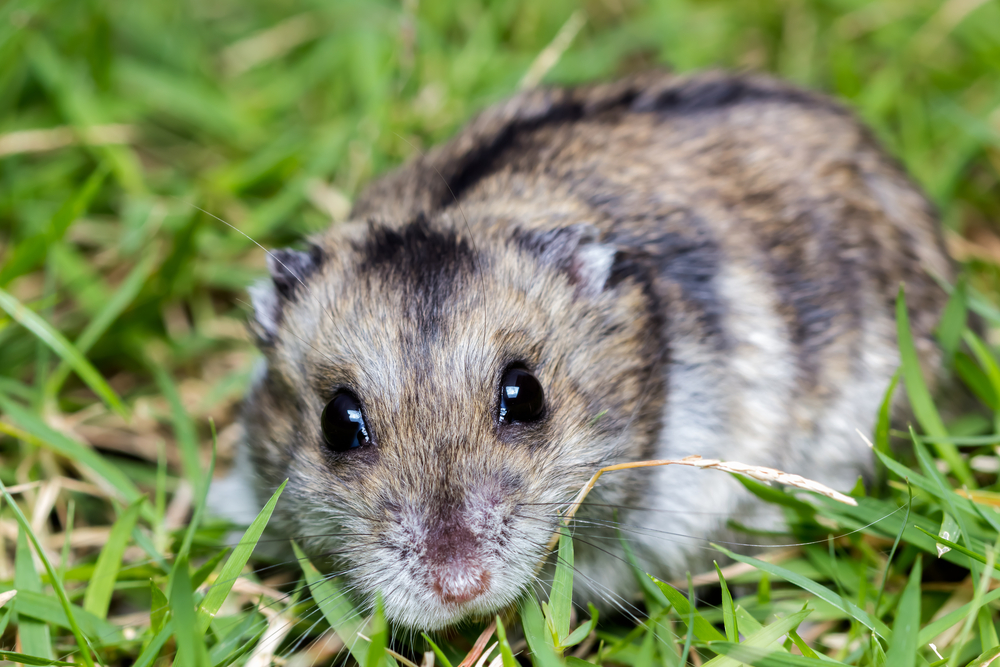
Ever want to take that obnoxious fellow boasting at the pub about their epic booze-tolerance down a few pegs? Try daring them to a g/kg drinking contest with a dwarf hamster.
For decades it’s been known that hamsters have a particular fondness for alcohol. Some critters that eat fruits, nuts, and seeds come across the fermentation by-product naturally, so the decision to indulge in the name of survival can have its perk.
Syrian, or golden hamsters, have been shown to have a rather insane tolerance to booze, often failing to act drunk at g/kg consumption levels far past the normal human limits. Recently researchers at the University of Alaska Anchorage put dwarf hamsters to the test to see if they would show the response. Gwen Lupfer, a professor of psychology at UAA, says their results were consistent with other species findings, but still surprising.
‘Our hamsters ingested up to 7.5 g/kg and didn’t really show any signs of impairment,’ says Lupfer. ‘At 1 g/kg humans are too drunk to drive.’

But when given ethanol-injections, bypassing the digestive system, the hamsters lost their tolerance, suggesting their alcohol-abilities likely rely on an advanced metabolism. Lupfer says credit for the study idea really goes to a persistent student, Kori Radcliffe, who persuaded Lupfer to pursue the project against her better judgement. Lab animals like rats hate bitter alcohol and usually need to be bred to like it, or trained to drink, getting used to the taste much the way first-time human drinkers often choose to, explains Lupfer—via sugary wine-cooler like mixtures. She anticipated her hamsters wouldn’t willingly drink.
But the team’s hamsters took to alcohol right away. Lupfer describes that one hamster subject in particular, named Bacardi by Radcliffe, was so eager to push the lever and receive his dues, he’d even do work for the chance. Though in this context there aren’t any advantages to drinking, Lupfer says the hamster’s behaviour is a bit like how us humans crave salt and fat long after our nutritional demands have been met, tapping into our ancestor’s urges.
Dwarf hamsters are native to Siberia and are known to hoard rye seeds throughout the warmer months, stashing them as a winter lifeline. At some point these stores begin to rot and ferment, likely when needed most, so evolution has favoured those willing to take a walk on the wild side. But an inhibition-reduced hamster wobbling around the forest probably wouldn’t make it too far before being eaten.
‘Needing to indulge in alcohol, even just a little bit, has meant they need to be able to digest and metabolise the drug extremely quickly to neutralise the impairing effects, and boy do they ever,’ chuckles Lufer.
To see if the seeds could be a driver behind the hamster’s alcohol loving nature, Lupfer looped in other University staff, like microbiologist Khrystyne Duddleston, confirming that the seed’s fermentation does indeed produce ethanol. Lupfer says it’d be best to prove these conditions in the wild, and study the hamster’s metabolism much more closely. Knowing how the little critters pull of this stunt precisely could provide insight into human liver disorders, especially those associated with alcohol.
